Shortly before the health and social rollercoaster got started, craft ciders were entering the market with considerable success. This is a league that, even with the impasse of the pandemic, is aiming very high and with its hopes pinned on 2021.
Above all, it’s a beverage that is coming on the scene with the idea of occupying the same territory as the craft beer market. Let’s look at the challenges it faces and how it is becoming one of the most popular new kids on the block.
Until now, cider has been a great unknown. Except for in certain areas, such as Asturias and the Basque Country, where natural cider is part of regional consumption habits, in the rest of Spain we have traditionally associated it with enjoyment and the pouring ritual in some bars in the north; in the case of the sparkling variety, with toasting in family celebrations.
That has all changed now, because cider production currently boasts a wide variety of categories and types. In the following post, we’ll reveal its transformation and how the beer giants are conquering the market with new and attractive propositions for people who are less interested in beer.
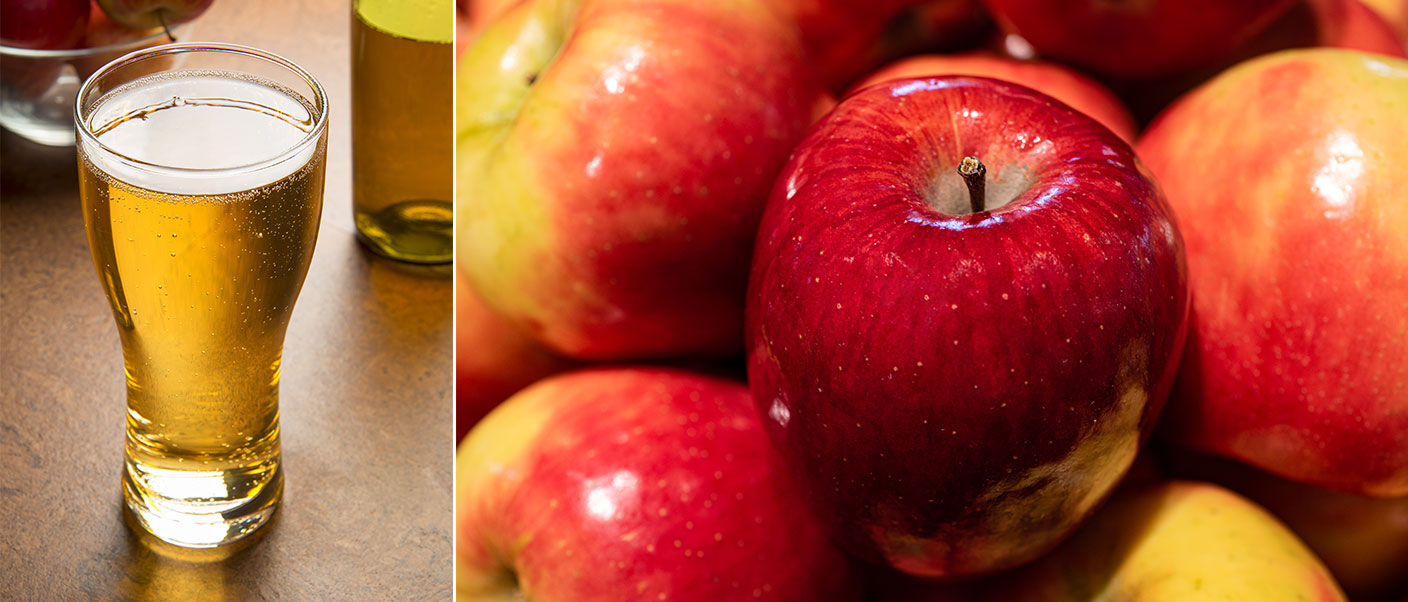
The current panorama
Cider consumption in Spain basically split by type: the natural variety, where consumption is around 52%, compared to the sparkling market, in which consumption (45%) is concentrated in Andalusia, Madrid and Valencia, except for at times of celebration. The Business section of El País recently published an article with the latest data from AESI (the Spanish Cider Association). Although last year took its toll, especially on the on-trade sector, in 2019 no fewer than 4.9 million bottles of natural cider with denomination of origin were opened, compared to 3.1 million in 2020. A drop that, given the circumstances, in no way detracts from the consumption figures, which are trending upward.
By production, our country is in fifth place worldwide, ahead of Ireland, which is considered one of the great cider-drinking countries, like its English neighbours, who consume an average of 14 litres a year.
.

From traditional cider to craft ciders
Cider belongs to the group of fermented beverages that are made with fermented apple juice and contain a certain amount of alcohol. Let’s say that it remains anchored in the category of traditional beverages, but, surprisingly, it has been experiencing a boom worldwide in recent years.
One of its main challenges lies in finding new market niches and, so, its promoters, very aware that changing its image is key, are going through a process of conceptual transformation through the launch of the so-called craft ciders. An avalanche of new premium and natural products made on a smaller scale. Like craft beer, they use processes and ingredients that are much more elaborate and removed from mass industrial production.

Ciders are targeting a type of consumer who is willing to try new experiences, like the millennials, who want to drink healthier and with a lower alcohol content.
Nonetheless, we need to get a little more concrete, because a lot of liquids are slipping through the cracks, and we have to ask if they really comply with the legislation and standards for calling themselves cider. The brands joining the league of the new bottled craft ciders tend to be produced according to the regulations, that is, using only apple juice.
Then there are the extras, which are more complex and a touch drier, with a slightly higher alcohol content (around 5.5%).
The brewers’ adventure: the new ciders
In this wave, brewers and their interest in producing ciders are appearing on the scene.
1. Some examples of craft ciders: BrewDog and Samuel Adams
One success story in this foray into craft ciders is the Hawkes Cider range from BrewDog, which broadened its horizons with this new segment starting in 2018. In the end, according to its founders, it’s a craft beverage which, like craft beer, has a very promising future.
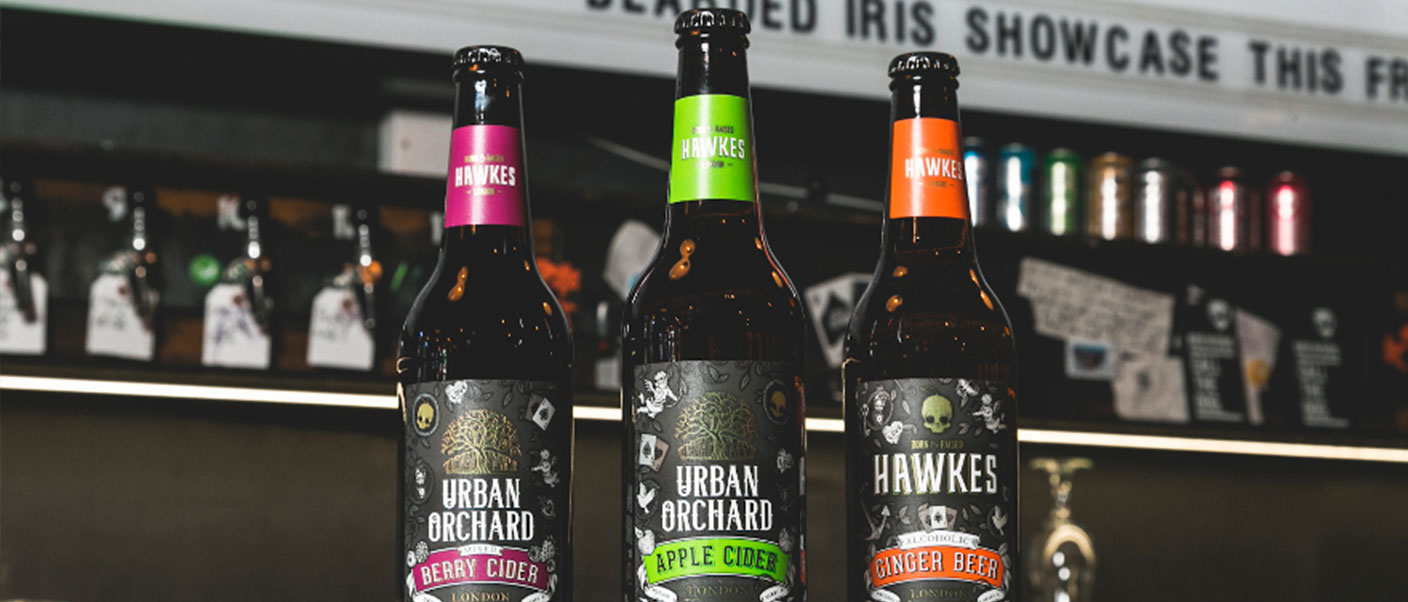
Source: Brewdog
In this same line is the American label Angry Orchard from Samuel Adams, which has become the leading hard cider brand in the U.S. This is according to Statista in its publication registering the over $220 million in sales in 2019.
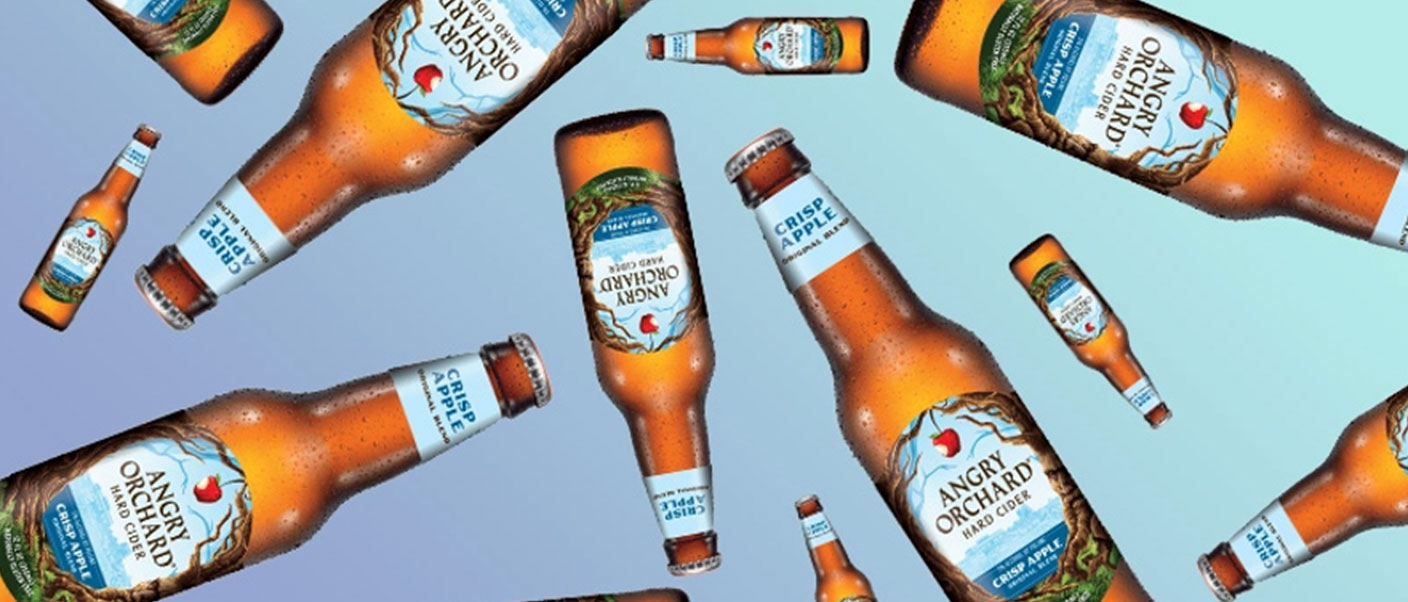
Source: Vine Pair
2. The beer giants are also joining the cider movement
In Spain, this trend of new liquids started accelerating in 2018 with the arrival of Heineken’s Ladrón de Manzanas. With its ambitious marketing campaign, it made itself known everywhere and managed to get onto every supermarket’s shelves.
Shortly before that, there were already other options like Maeloc, from Corporación Hijos de Rivera (Estrella de Galicia), whose label does contain the word “cider” and which makes good on its promise of being made using products from the region (100% Galician apples).
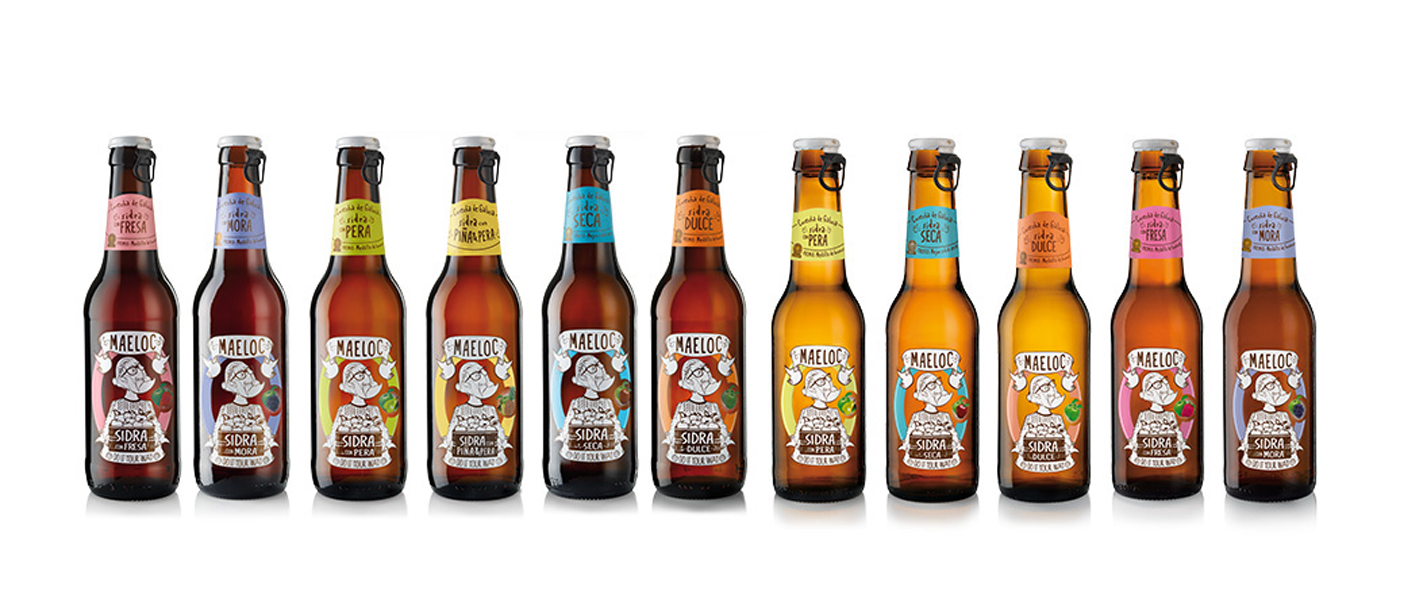
Source: Maeloc
Not to mention the latest and ambitious wager of the Mahou San Miguel division with La Prohibida, the first incursion into the cider category, thereby entering a different segment along with the beverages it already leads with (beer and mineral waters).







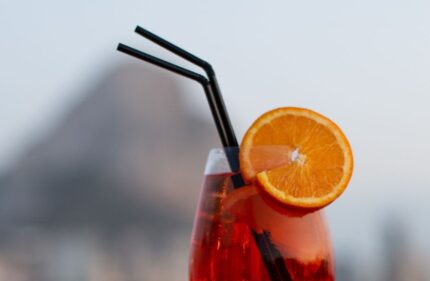


Comments